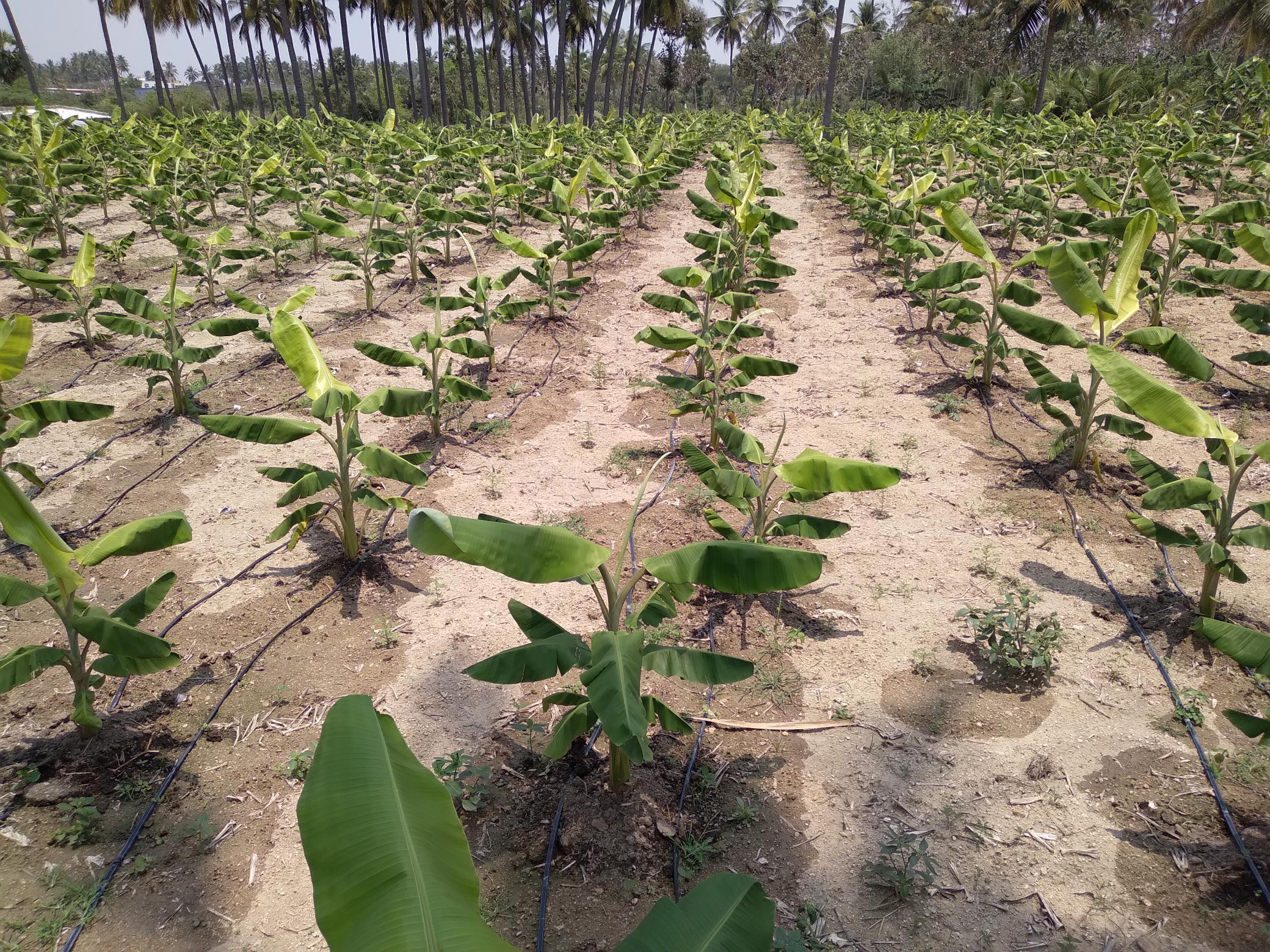Up to 20% of yield can be affected by nitrogen immobilization!
In organic farming, the main source of nutrients for plants comes from organic matter, which can be added or present in the soil.
- Good management of organic matter is essential to meet the mineral needs of plants.
The availability of mineral nitrogen at the right time is the major issue of nitrogen nutrition in organic farming. - The nitrogen contained in the organic matter must be mineralized by microorganisms to be available for the plant. The nitrogen immobilization is the quantity of nitrogen taken more quickly by the soil microorganisms and use for their activity or for their composition. These quantity of nitrogen is immobilized. A part will be liberated at the dead of the microorganism.
If there is not enough mineral nitrogen for the microorganisms and the plant, the plant will have a deficiency in its nitrogen nutrition : the nitrogen hunger. This hunger occurs generally in the first stages of the development when the organic matter applied before is in a phase of decomposition and the roots of the plant are small. - The risk of nitrogen hunger will be all the higher as the ratio Carbon on Nitrogen (C/N), the quantity and the complexity of the organic matter supplied are high. Microorganisms will have a greater activity and thus a greater immobilization of mineral nitrogen.
- To avoid nitrogen hunger, it is possible to make the immobilization happens before the plant needs nitrogen. In the short term, it means boosting the mineralization of the organic matter as soon as possible. Promoting root growth in order to widen the nitrogen absorption zone is also a solution to ensure the nitrogen nutrition of the plant. In the long term, increasing the organic matter rate to increase the pool of mineral nitrogen present in the soil is a possibility.
*Quick calculation : How many units of nitrogen are mobilized for the incorporation of 5 tons of wheat straw?
Knowing that wheat straw is made of 45% of carbon for a C/N of 100, there is in 5 tons of wheat straw, 45%*5=2.25 tons of carbons and N=2.25/100=22,5kg of nitrogen.
Knowing that soil microorganisms consume 4g of nitrogen per 100g of carbon, 4*2.25/100= 90kg of nitrogen are mobilized!
In the best case, 22.5kg are restituted for 90kg of nitrogen mobilized.
TIMAC AGRO technologies can stimulate biological activity in the soil to help microorganisms breakdown organic matter in order to make more mineral available to plants.



